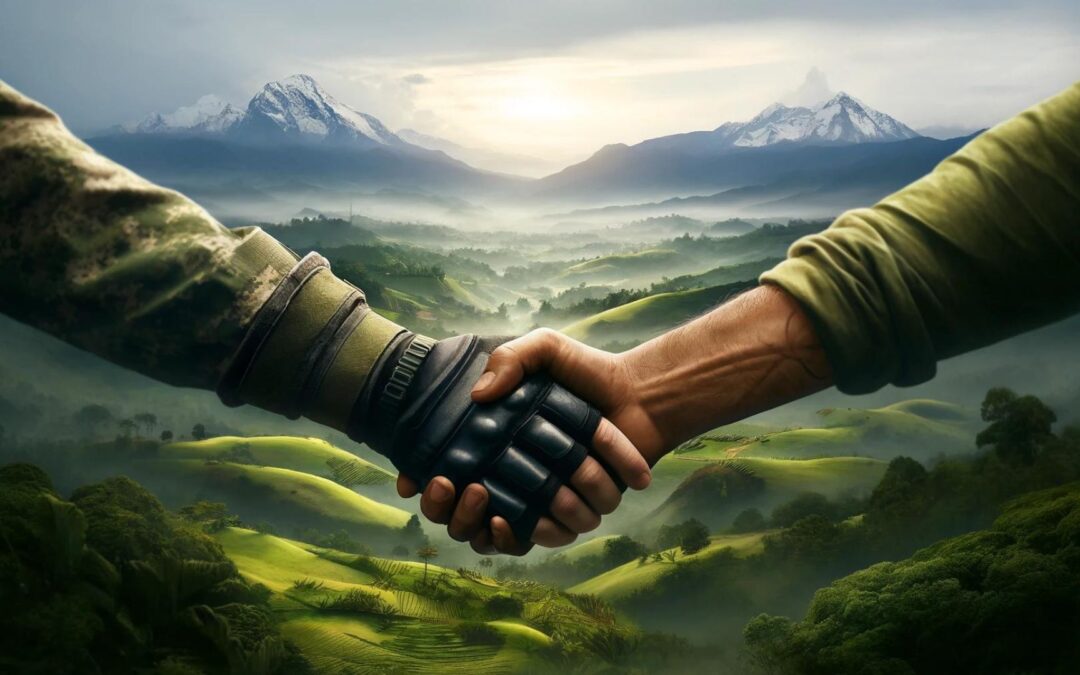Explorers only reached the North Pole and the South Pole in the 1900s. They risked chilling cold, blinding blizzards, and frostbite to investigate these frozen zones.
WHERE ARE THE POLES?
The North Pole and South Pole are at the top and bottom of the Earth, though you won’t find an actual pole to mark the place. The poles are the northernmost and southernmost points on the planet. The North Pole lies in the frozen Arctic Ocean. The South Pole lies on a high, ice-covered plateau on the continent of Antarctica.
WHAT IS IT LIKE AT THE POLES?
The poles are the most unfriendly environments on Earth. At the North Pole, large, flat sheets of floating ice can collide and crush explorers. If the ice splits, the pieces can drift apart and leave explorers stranded.
Antarctica is the coldest place on Earth. Temperatures there sometimes fall more than 100 degrees Fahrenheit below zero. Strong winds make it feel even colder. Blowing snow can make it nearly impossible to see. Massive glaciers cover much of Antarctica. Explorers can fall into deep cracks in the glaciers.
HOW DID EXPLORERS REACH THE NORTH POLE?
During the 1800s, expeditions by boat and across the ice on foot proved that explorers could endure Arctic conditions. These journeys were extremely risky, and nobody reached the poles. Some explorers died in the attempt.
In the 1900s, explorers learned how to travel in the Arctic from Inuit hunters who lived in ice-covered Greenland. American explorer Robert Peary made several trips to Greenland before he tried to reach the North Pole. Then he had a special ship built to break through the ice.
In 1909, Peary and his crew set off over the ice. They wore Inuit clothing for warmth and rode on sleds pulled by dogs. Peary and his assistant, Matthew Henson, probably were the first people to reach the North Pole. If they didn’t quite make it, they came very close.
After Peary’s voyage, new technology helped explorers. In 1926, Roald Amundsen of Norway flew an airplane over the North Pole. Richard Byrd of the United States also tried to fly over the pole that year, but he may have missed it.
In 1958, the USS Nautilus, a nuclear-powered submarine, made the first undersea voyage to the North Pole. In 1977, a Soviet ship first reached the North Pole on the water’s surface. The ship, an icebreaker, was specially designed to cut through ice in frozen waters. By 1990, cameras in satellites, which circled Earth, had photographed the entire polar region.
WHO TRAVELED TO THE SOUTH POLE?
In the early 1900s, explorers competed to become the first to reach the South Pole. From 1901 to 1904, British naval officer Robert Scott made the first attempt. Scott got farther south than anyone had been before, but he failed to reach the pole.
In 1909, Ernest Shackleton of Britain led an expedition across Antarctica on sleds pulled by dogs. They were only about 100 miles (about 160 kilometers) from the South Pole when a shortage of food forced them to turn back.
Scott finally reached the South Pole in January 1912. But a disappointed Scott found that Roald Amundsen had beaten him by one month. Amundsen’s expedition arrived at the pole in December 1911. Amundsen was an experienced Arctic explorer, and he had made careful preparations. Scott and his companions died of injury, cold, and hunger on their return from the pole.
In 1914, Shackleton planned another expedition to the South Pole. But his ship was crushed by ice, and he had to cross 800 miles (1,300 kilometers) of freezing sea in a tiny boat to survive. Shackleton then returned to save his stranded men. It was one of the greatest rescue feats in history.
In 1929, Arctic explorer Richard Byrd became the first person to fly over the South Pole. Byrd later pioneered the idea of setting up permanent stations for scientific research in Antarctica. A station called the Amundsen-Scott Base has stood at the South Pole since 1977.
WHO GOES TO THE POLES TODAY?
The North and South poles and nearby regions still attract explorers. Some explorers seek to test themselves under harsh conditions. Scientists on Antarctica study global warming and other phenomena. In the Arctic, prospectors search for minerals. Oil was discovered under the Arctic Sea in 1968.
Even tourists travel to polar regions. They are eager to watch wildlife, climb mountains, or just experience two of the most dramatic places on earth.












0 Comments